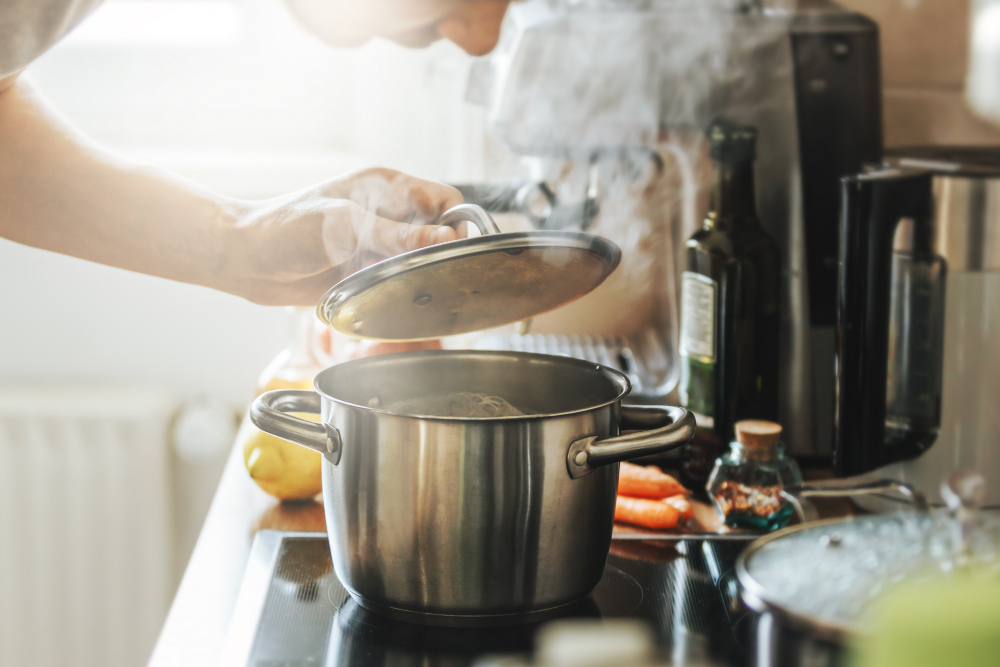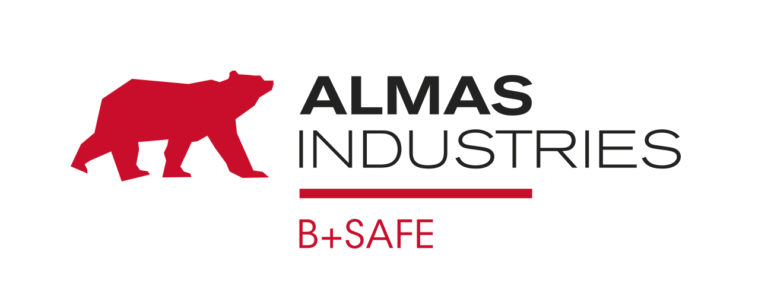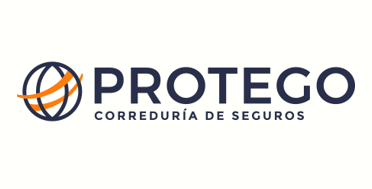The annual report of the Ministry of Agriculture, Fisheries and Food (MAPA) reveals that during 2020 there was an increase in ‘real’ food and consequently an increase in meat consumption. Luis Planas attributes the unexpected change in trend to the fact that 2020 was a “very atypical year” in which, due to the restrictions derived from the pandemic, consumption at home and the time available for cooking increased.
According to the report, after a period of moderate but constant growth, food expenditure in Spanish households rose dramatically in 2020. This rise has been due to changes in consumer behavior caused by the crisis of the Covid-19 (longer stay at home, transfer of consumption occasions away from home to home, increase in teleworking, etc.). The expenditure figure reached 79,348.3 million euros, 14.2% more than in 2019. The analysis of consumption in value indicates, according to the ministry itself, that meat and fish are the products with the greatest relative weight in the food expenditure, with 20.4% and 12.9% of the value respectively.
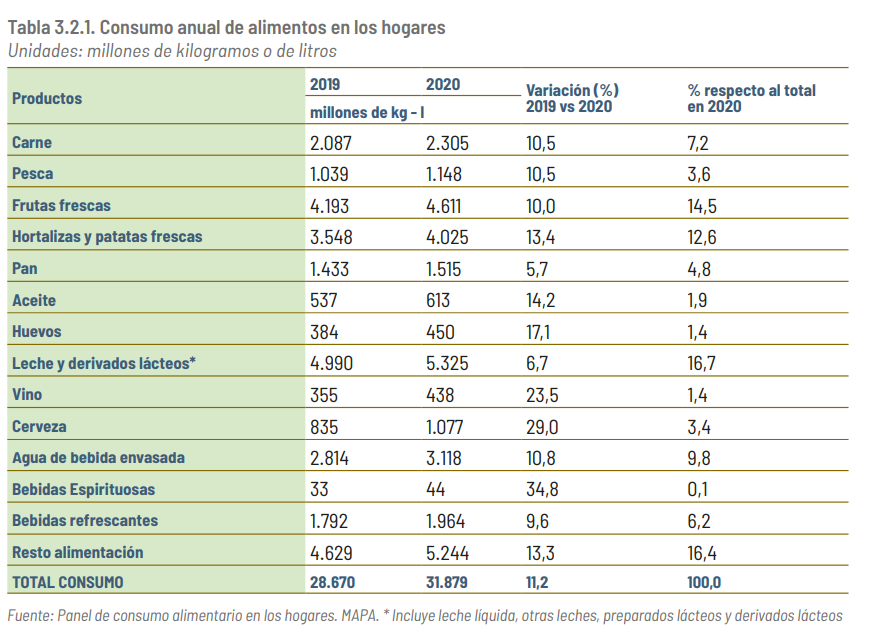
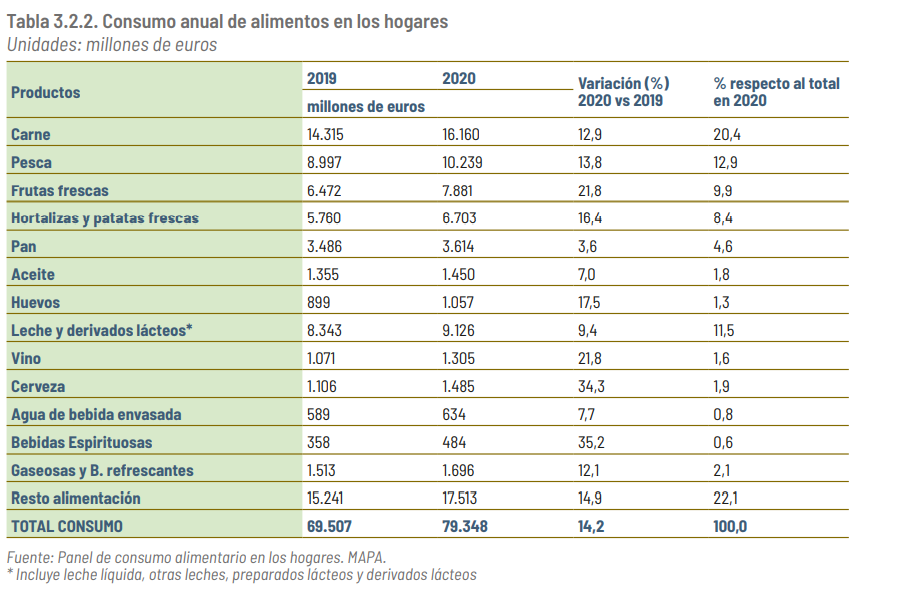
Some interesting conclusions:
You return to the full menu: By staying in homes for longer due to confinement and the new normal, more time is available to cook (48% of households say they have more time to cook, gaining 4.6 points with respect to 2019), which impacts on the type of menu chosen. After years of simplifying the menu at home, the full menu is back, where the starters (7.0%), the main dish, and the dessert (6.0% and 8.0% respectively) gain relevance.
Waste. 76.2% of the total food thrown away corresponds to unused food, wasted by households as they bought it. Fruits, vegetables and fresh bread are the food groups with the highest volume of waste.
